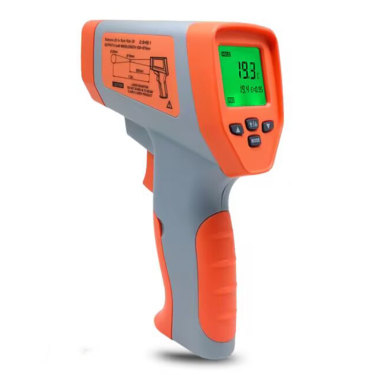
# How to Use a Cooking Thermometer for Perfectly Cooked Meals
Why a Cooking Thermometer is Essential
Using a cooking thermometer is the most reliable way to ensure your food is cooked to perfection. Whether you’re grilling steak, roasting chicken, or baking bread, temperature control is crucial for both safety and quality. A cooking thermometer takes the guesswork out of the equation, helping you achieve consistent results every time.
Keyword: cooking thermometer
Types of Cooking Thermometers
Instant-Read Thermometers
These provide quick temperature readings (usually within 2-5 seconds) and are perfect for checking doneness at the end of cooking. They’re not designed to stay in food during cooking.
Oven-Safe Thermometers
These remain in the food throughout the cooking process, allowing you to monitor temperature without opening the oven door repeatedly.
Probe Thermometers
Often used with digital displays, these have a probe that stays in the food while cooking and connects to a base unit outside the oven or grill.
How to Use a Cooking Thermometer Properly
1. Choose the Right Thermometer for the Job
Select a thermometer appropriate for your cooking method. Instant-read thermometers work well for quick checks, while probe thermometers are better for slow-cooked meats.
2. Insert the Thermometer Correctly
For meats, insert the probe into the thickest part, avoiding bones and fat. For thin items like burgers, insert from the side to reach the center. With poultry, check both the breast and thigh areas.
3. Know Your Target Temperatures
- Beef, lamb, veal (medium-rare): 135°F (57°C)
- Poultry: 165°F (74°C)
- Pork: 145°F (63°C)
- Fish: 145°F (63°C)
4. Clean Your Thermometer Properly
Always wash the probe with hot, soapy water after each use to prevent cross-contamination. Some models have waterproof probes that can be submerged.
Common Mistakes to Avoid
Mistake 1: Not calibrating your thermometer regularly. Test it in ice water (should read 32°F/0°C) or boiling water (212°F/100°C at sea level) to ensure accuracy.
Mistake 2: Removing meat from heat too early. Remember that food continues to cook after removal from heat (carryover cooking), typically rising 5-10°F.
Mistake 3: Checking temperature too frequently with an instant-read thermometer, which can cause heat loss and uneven cooking.
Advanced Tips for Perfect Results
For reverse-seared steaks or slow-roasted meats, use a probe thermometer to monitor internal temperature throughout the cooking process. With baked goods, an instant-read thermometer can help determine if bread (190-210°F) or cakes (200-210°F) are properly baked.
Consider investing in a smart thermometer with Bluetooth connectivity that alerts your phone when your food reaches the desired temperature – perfect for multitasking cooks.
By mastering the use of a cooking thermometer, you’ll consistently prepare perfectly cooked meals that are both safe to eat and delicious. It’s one kitchen tool that